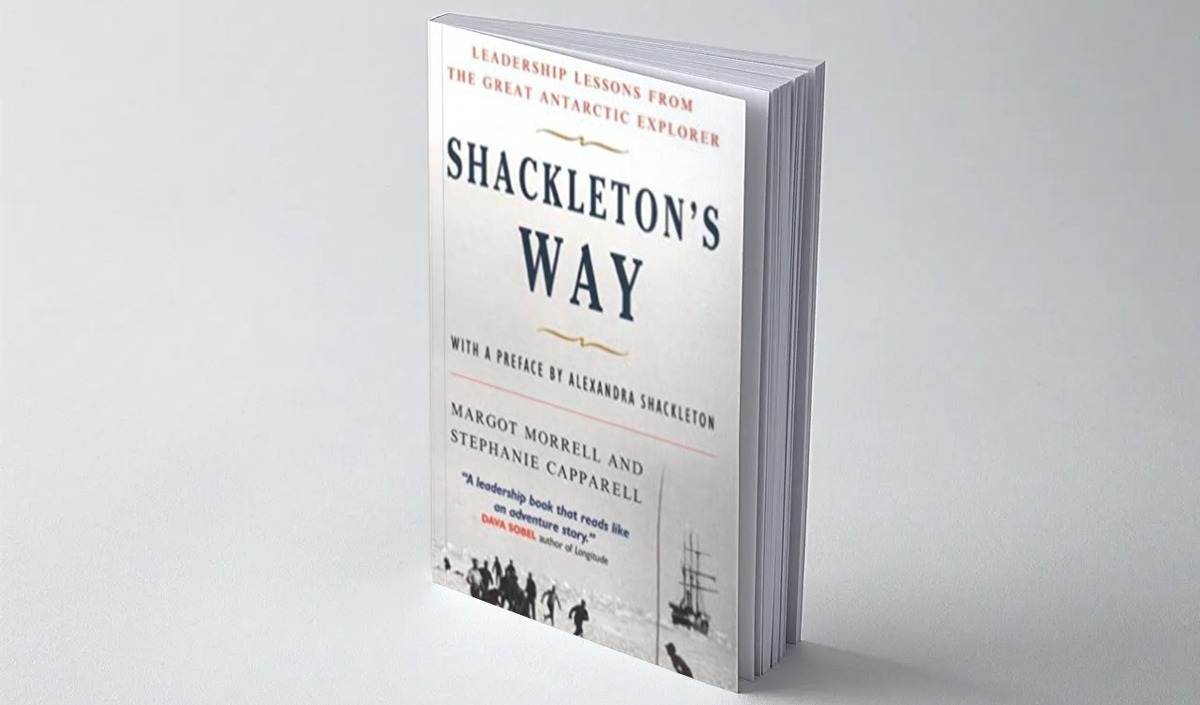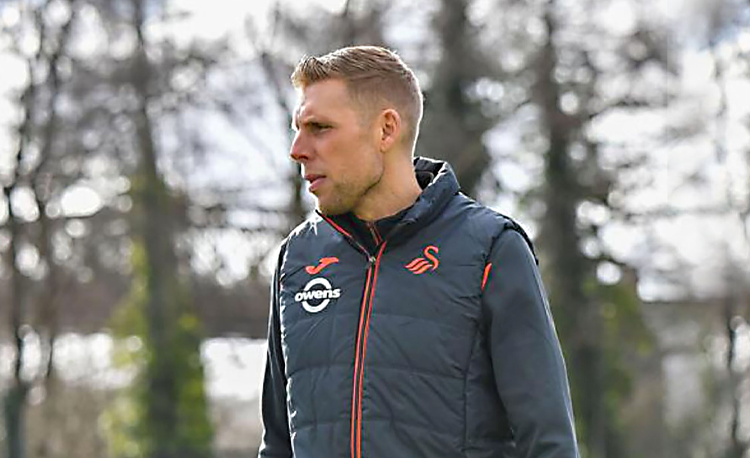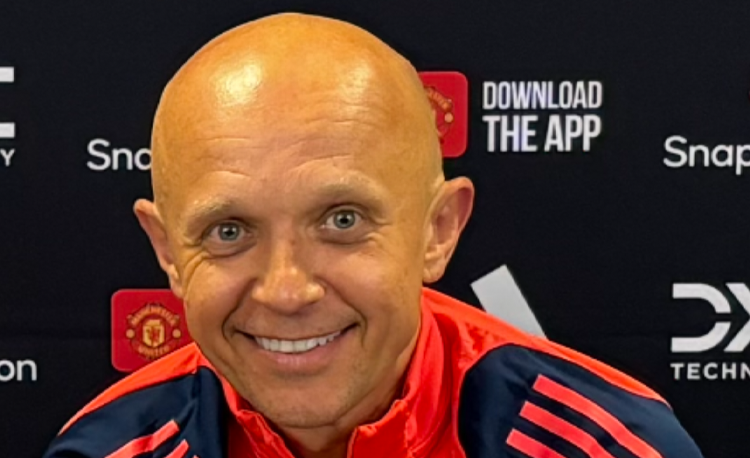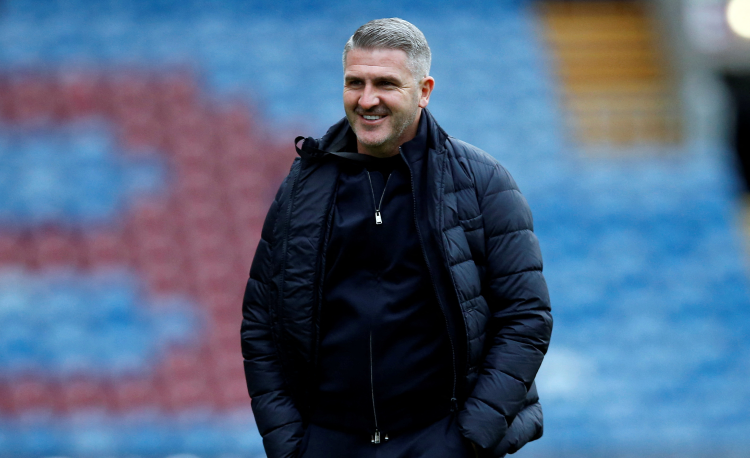You are viewing 1 of your 1 free articles
Getting the best from each individual
The achievements of Sir Ernest Shackleton, the polar explorer, were overlooked for decades, partly because they were obscured by the catastrophic events of the First World War. In recent years however, the man and his extraordinary leadership skills have been recognised more widely and his standing has been raised. Shackleton is now widely seen as a model leader with many lessons for others in leadership roles.
Shackleton’s 1914-17 expedition to reach the South Pole was an abject failure. His exploration ship Endurance was trapped in the ice before the trek had even begun, and the exercise became one of survival rather than achieving his objective.
How Shackleton led his 27-man crew back to safety from the freezing Antarctic is one of the greatest adventure stories ever told. When, after several months, the trapped ship sank under the pressure of ice, the men sailed for five days in the lifeboats to relative safety of Elephant Island but remained stranded in an inhospitable and remote location. Shackleton then set out on an 800-mile small boat journey to South Georgia where he knew there was a whaling station. The voyage took 15 days during which he and his small crew encountered hurricane force winds and were in constant danger of drowning. When a landing was finally achieved, the party faced a 36-hour cross-country expedition through mountainous terrain to reach the whaling station on the other side of the island. From there Shackleton organised rescue boats for his men on Elephant Island, who were finally relieved in August 1916.
How did he do it? Shackleton’s Way cleverly interweaves a gripping story with an analysis of how the men were kept healthy, sane and optimistic and ultimately, alive despite all the odds and the usual problems and difficulties that can afflict groups in pressure situations. Businesswoman Margot Morell and financial journalist Stephanie Capparell are veteran business observers who have encapsulated the examples set by Shackleton and which they claim can be followed by anyone leading a team.
One of the key factors in the survival of the expedition members was the nature of the men themselves and the type of individuals that Shackleton had recruited. He didn’t always get it right but usually went for creativity, personality and character before competence. According to the authors he could afford to hire on this rather intuitive basis because, confident of his own abilities, he knew he could get above-average performance from the most average of men.
Creating a spirit of camaraderie was another underlying feature of his leadership style that enabled him to build a united and loyal crew. He kept a balance between work and fun, ensuring that entertainment was a regular feature of the ship’s agenda. He ordered luxury foods to boost morale, there was a concert most Saturday nights, and all birthdays were celebrated. Shackleton joined in with games and puzzles, debates, singing competitions and mass head shaving. Alcohol was allowed in moderation.
Shackleton observed before he acted, only making changes to make improvements. When he arrived in Buenos Aires to board the ship he at first stayed ashore in a hotel to view the problems with the ship and crew. After a period of contemplation, he then set about dealing with Argentine red tape, improving the food by firing the cook, and letting three other crew members go for indiscipline.
He made himself accessible, listened to his men’s concerns and kept them informed about the ship’s business. Order and routine was established on the ship in order to foster an atmosphere of security and productivity.
Shackleton broke down traditional hierarchies by having everyone pitch in to do all the work on the ship, rotating work assignments, so that divisions were blurred. Whether they were scientists or crewmen, each man found himself sharing the ship’s chores. So the seaman were trained to take scientific readings and samples and the academics took turns steering the ship and doing night watch. Apparently, no one complained, though there would have been no alternative to Shackleton’s regime, which he enforced rigorously. By mixing things up, he fostered friendships and a blurring of divisions and encouraged teamwork.
He was scrupulously even-handed in his dealings with the men, and never asked anyone to do something that he would not do himself. Despite having strong feelings about the abilities of certain individual crew members, he kept these hidden and ensured that even the most difficult of characters were kept onside. Even when there were serious mistakes made – two of the men on watch allowed a wire to tangle around the ship’s propeller – there was no recrimination. According to the ship’s doctor, whenever Shackleton felt he had come down too hard on someone, he made sure any bad effect was immediately undone with “an intimate talk.” The effect was “to put you back on a feeling of righteousness with him,” it was said.
Shackleton’s way of getting the group (team) through a crisis
When crisis strikes, immediately address your staff. Take charge of the situation, offer a plan of action, ask for support, and show absolute confidence in a positive outcome.
Plan several options in detail. Get a grasp of the possible consequences of each, always keeping your eye on the big picture.
Give your staff an occasional reality check to keep them on course. After time, people will start to treat a crisis situation as business as usual and lose their focus.
Keep your malcontents close to you. Resist your instinct to avoid them and instead try to win them over and gain their support.
Defuse tension. In high-stress situations use humour to put people at ease, and keep your staff busy.
Let go of the past. Don’t waste time or energy regretting pass mistakes or fretting over what you can’t change.
To build an effective team, Shackleton understood that a leader needed to get the best from each individual, which in turn meant that a personal, human approach was required. This was in sharp contrast to the cold, remote and authoritarian style of leadership he had experienced as an officer under Sir Robert Scott whom he accompanied on an earlier polar expedition.
Shackleton believed in the importance of creature comforts in maintaining morale and let each man put his personal stamp on his surroundings. He insisted on a healthy diet, exercise, and reasonable safety measures, believing physical and mental acumen were closely linked. Stranded on an ice floe, the men played hockey and football, and raced the Huskies. It was necessary to eat fresh meat such as seal and penguin to ward off scurvy, and although the men at first rejected this in favour of more palatable tinned supplies onboard, Shackleton brought them round.
He made sure each man had challenging and meaningful work, but was at pains to match personality types with work responsibilities. There was never the opportunity for boredom because everyone was kept busy with projects.
He gave his men constant feedback, praising their efforts and correcting their mistakes. He related to every person under him as a human being, not only as a worker. He held small celebrations that recognised the individual. He was tolerant of people’s quirks and foibles and didn’t hesitate to pamper his men.
This book handily codifies Shackleton’s winning strategies with single sentence descriptions of main elements in the text and useful summaries at the end of each chapter, but it goes further with examples of how they have been successfully implemented by leaders in many fields. “Shackleton-mania” has reached the US Navy, car maker Jaguar, investment bank Donaldson, Lufkin & Jenrette, and the website TheStreet.com. Is it time for his teachings to make a difference to your football team?
Shackleton’s Way - Leadership lessons from the great Antarctic explorer, Margot Morrell and Stephanie Capparell. Nicholas Brealey Publishing 238pp.
Editor's Picks
Using the goalkeeper in build-up play
Pressing principles
Intensive boxes drill with goals
Penetrating the final third
Creating and finishing
My philosophy
Pressing initiation
Compact team movement
Defensive organisation
Coaches' Testimonials

Alan Pardew

Arsène Wenger

Brendan Rodgers

Carlos Carvalhal

José Mourinho

Jürgen Klopp

Pep Guardiola

Roy Hodgson

Sir Alex Ferguson

Steven Gerrard
Coaches' Testimonials

Gerald Kearney, Downtown Las Vegas Soccer Club

Paul Butler, Florida, USA

Rick Shields, Springboro, USA

Tony Green, Pierrefonds Titans, Quebec, Canada
Join the world's leading coaches and managers and discover for yourself one of the best kept secrets in coaching. No other training tool on the planet is written or read by the calibre of names you’ll find in Elite Soccer.
In a recent survey 92% of subscribers said Elite Soccer makes them more confident, 89% said it makes them a more effective coach and 91% said it makes them more inspired.
Get Monthly Inspiration
All the latest techniques and approaches
Since 2010 Elite Soccer has given subscribers exclusive insight into the training ground practices of the world’s best coaches. Published in partnership with the League Managers Association we have unparalleled access to the leading lights in the English leagues, as well as a host of international managers.
Elite Soccer exclusively features sessions written by the coaches themselves. There are no observed sessions and no sessions “in the style of”, just first-hand advice delivered direct to you from the coach.









